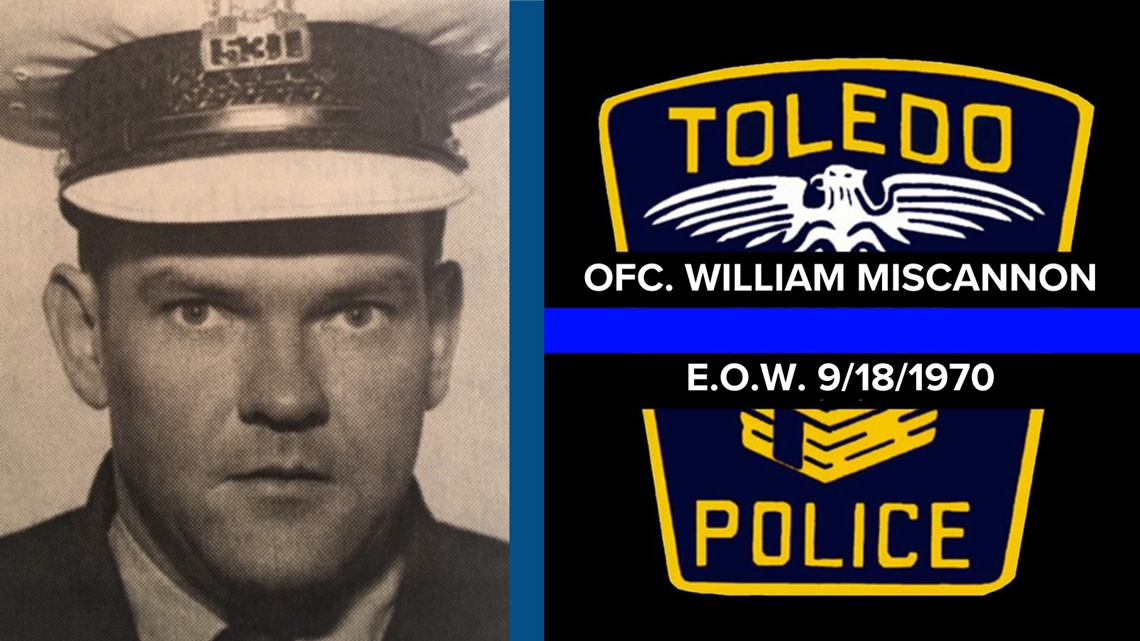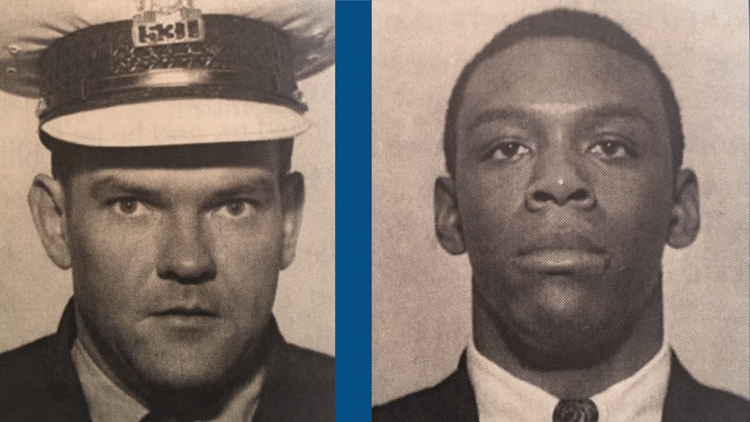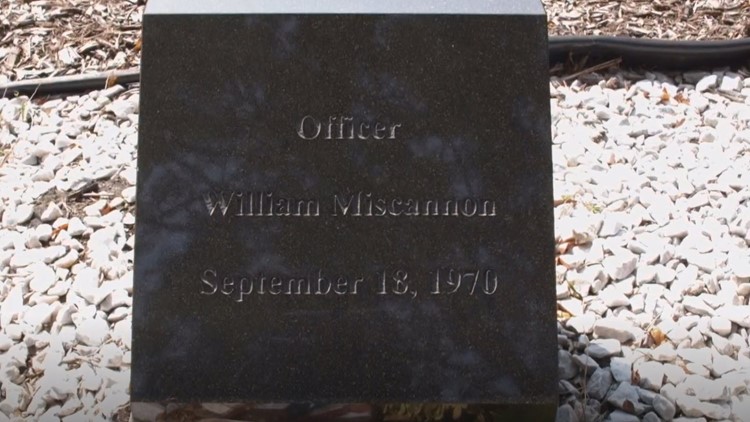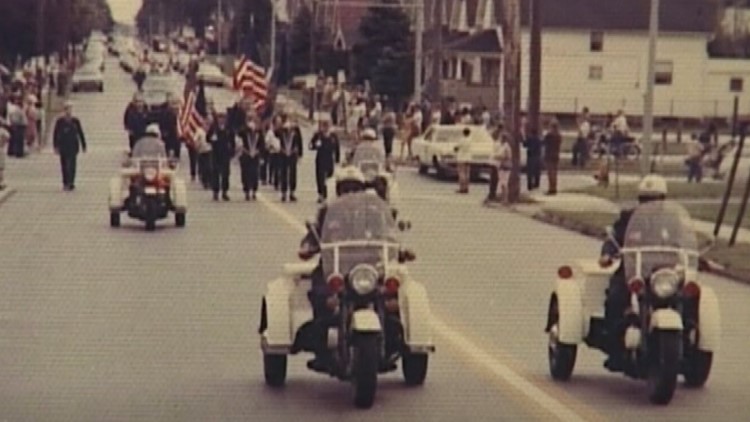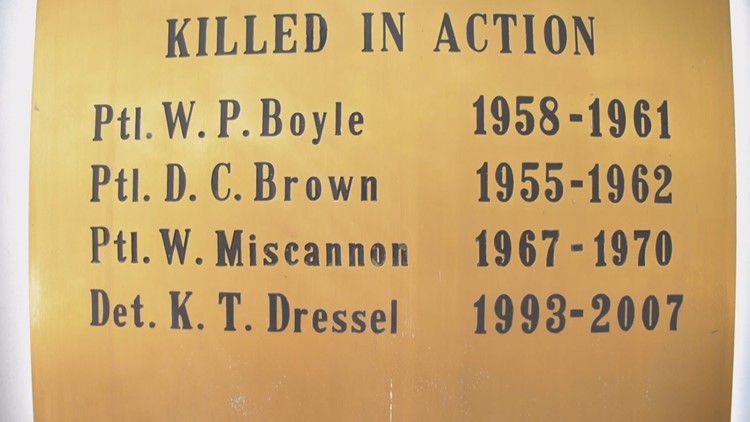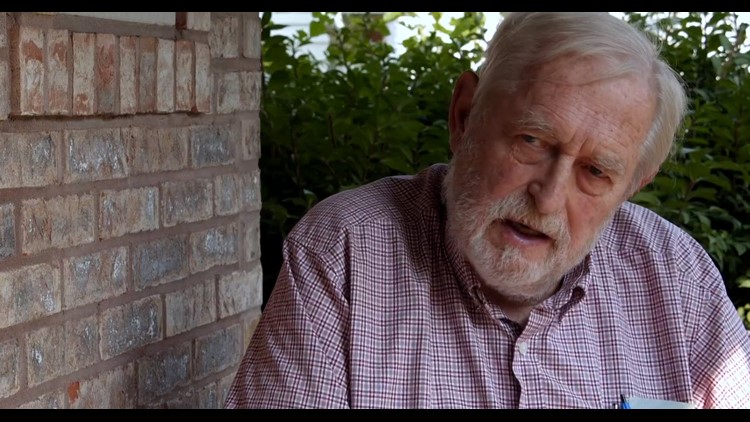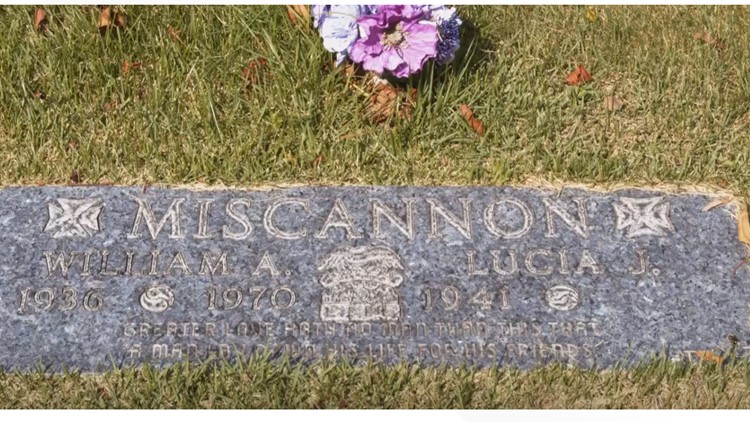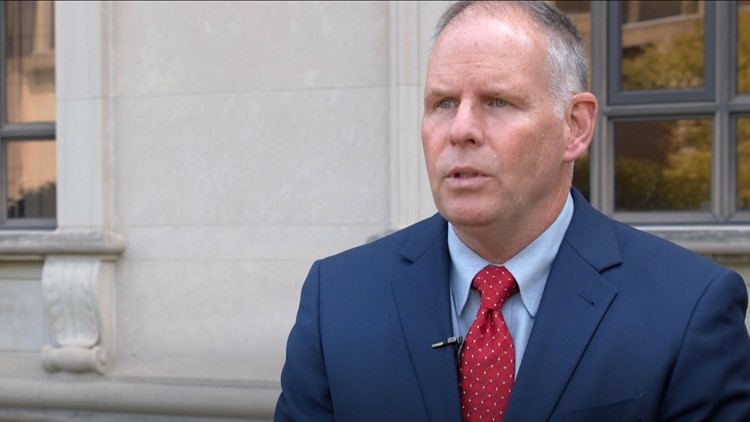'We don't forget' | Memories still vivid of 1970 killing of Toledo police officer
Sept. 18, 2020, marks the 50th anniversary of the murder of William Miscannon, which came during a tumultuous time in the city's history.
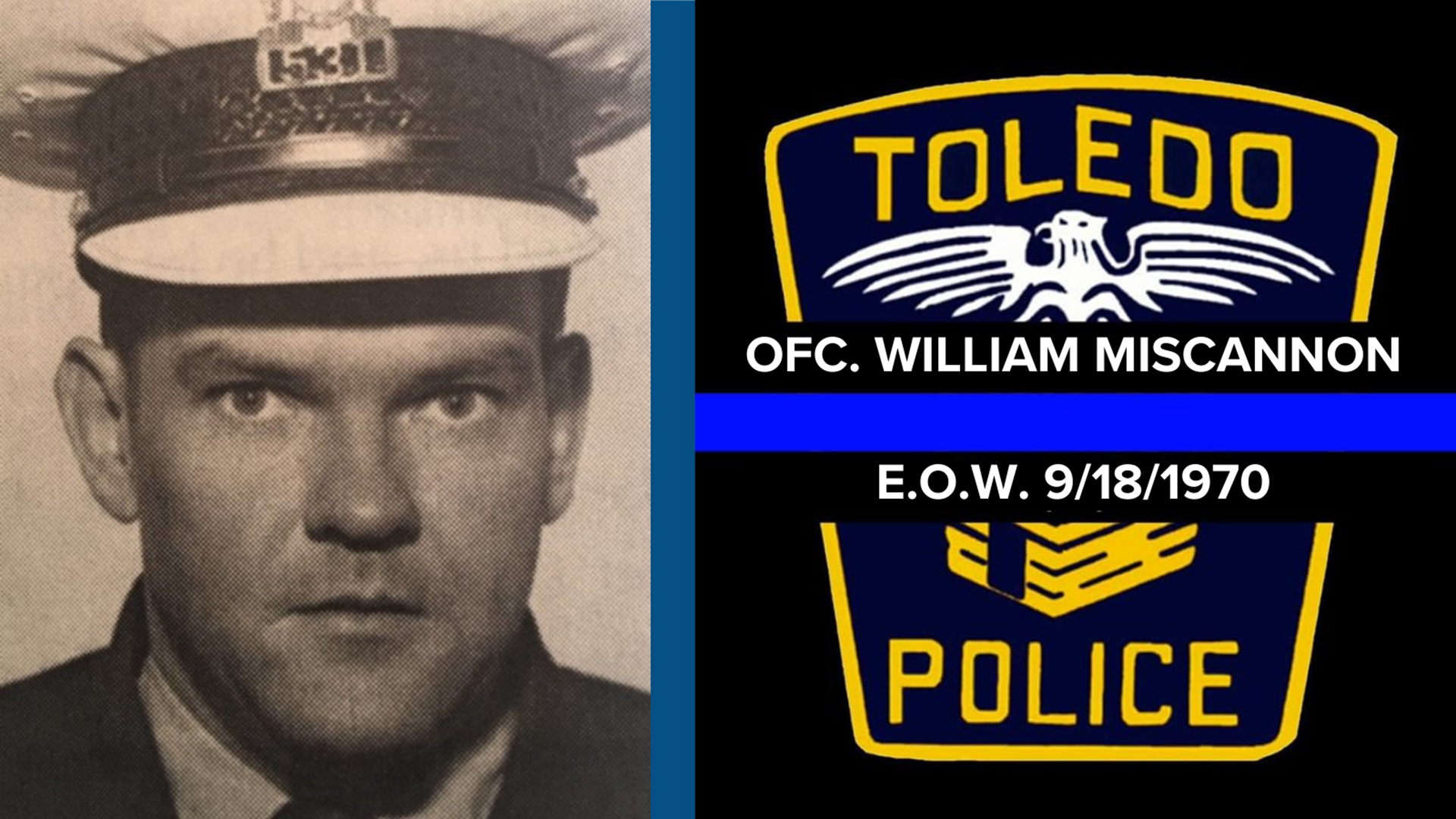
In the early morning hours of Sept. 18, 1970, humidity hung in the Toledo air and sporadic rain pelted the pavement.
Toledo police Officers Walter Shaw and William Miscannon were sitting in their police wagon on Junction Avenue at the Dorr intersection. It was a known spot for prostitutes, and several of them were out in the early morning hours. A little ways down Dorr Street was the headquarters of the local Black Panther Party.
It was a turbulent time in the city's history as racial unrest often bubbled to the surface, more often than not sparked by the Panthers.
PHOTOS | Remembering TPD Officer William Miscannon
The tragic event The tragic event

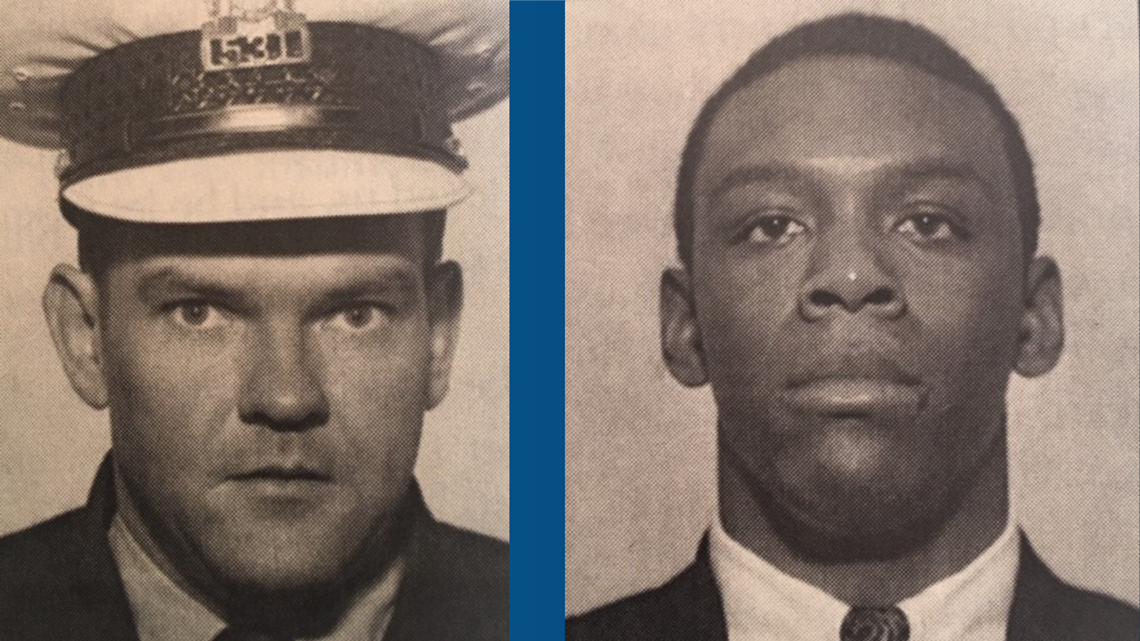
At 1:38, an unknown man approached the driver's side of the wagon. Miscannon rolled down his window and asked what was going on. The man pulled a .38 and placed it against Miscannon's head, saying, "This is what's going on, baby," before he fired a fatal shot.
Then chaos erupted as Shaw scrambled from the car, dodging several more shots.
Shaw returned to check for a pulse, but Miscannon would not survive. He became the 29th Toledo police officer to die in the line of duty.
A City Soldier A City Soldier

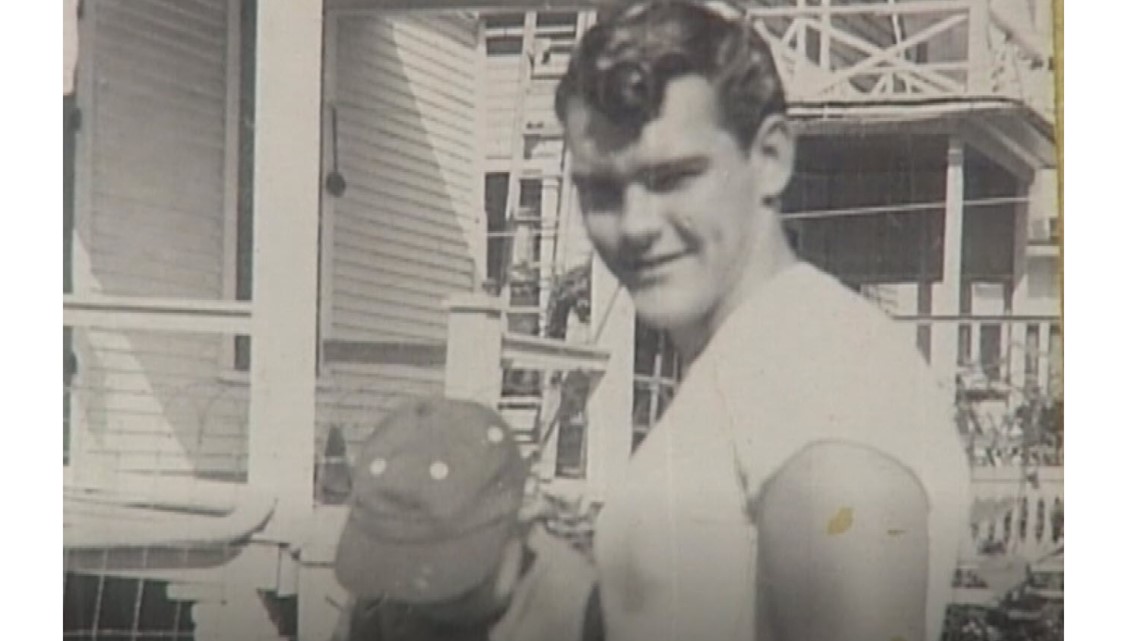
Retired Toledo Detective Frank Stiles recounts the entire event in his book, "City Soldiers."
"It was a Saturday morning. A police officer named Dave called me. He said, 'I've got something bad to tell you, Whitey.' He told me and I was stunned, and it was hard for me to believe. But he said, 'No, it's true,'" says Whitey Knannlein.
Knannlein was Miscannon's partner for about a year and a half. He was supposed to be on duty that night, but took the shift off so he could get up early to go duck hunting.
"He was such a good police officer and a fine man," Knannlein says. "He was a little quiet and a little serious, but he was a fine man."
Remembering that Night Remembering that Night


On the morning of the killing, Miscannon's children, Brenda, Diane, and Ken were just beginning to stir when the phone rang.
"My sister and I had bunkbeds. I remember my brother got up first to get ready for school. He was brushing his teeth," Brenda Rollins says. "I heard the phone ring and remember hearing my mom cry. My brother started crying and screaming."
Miscannon now rests in the Calvary Cemetery on Dorr Street, just blocks from where he was gunned down.
A week or two before the killing, he was patrolling the cemetery with Knannlein.
He said, 'I want to tell you something. I'm going to get killed.' I said, 'Aww, come on.' I pooh-poohed it," says Knannlein. "He said, 'No, I'm serious.'"
Then he told his partner that after he died, he would return to visit him during the first full moon, at the spot where they would pick trilliums. Miscannon was a powerful, serious man. But he was also sensitive and loved to hunt for the wildflower.
Knannlein begins to cry as he tells the story.
"He didn't show up. I stayed until dawn, but he didn't show up."
An Officer's Legacy An Officer's Legacy

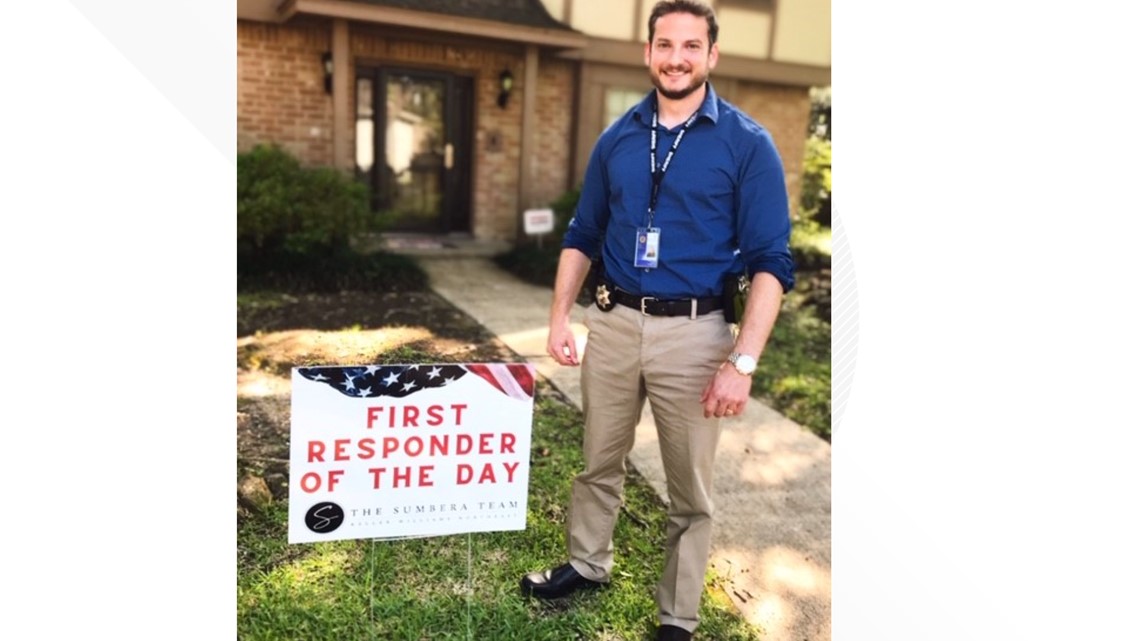
All these years later, Knannlein is still in touch with his partner's family. He has taken Miscannon's grandson, Jared, under his wing. Jared was a sheriff's deputy in Harris County near Houston, Texas, and is now an investigator for the county.
"He's a fine man too," Knannlein says.
Brenda Rollins says her son has always wanted to be a police officer.
"When he was 3 years old, he decided he was either going to be a police officer or a Dallas Cowboys football player. I didn't share with him the story of my father, but I made him a little uniform and got him a siren for his tricycle," says Brenda Rollins. "As he got older, I told him that he couldn't be a police officer and shared with him the story of my father. It made him even more passionate that this is what he was supposed to do."
Brenda shares a picture of Jared's son, Rylan, dressed in his father's police uniform. He now wants to follow in the footsteps of his great-grandfather and father.
Remembrance in the Ranks Remembrance in the Ranks


There is a marker for Miscannon in the Toledo police memorial garden between Spielbusch Avenue and Erie Street. Next year, there will be another marker in the garden - for Officer Anthony Dia, who became the 31st officer killed in the line of duty when he murdered on July 4. The memorial is open to the public.
Toledo Police Chief George Kral didn't know Miscannon, but he has respect for all officers who put on their uniforms each day.
"It's probably the tightest group that you could ever be part of, especially when a tragedy happens. We come together like no other group," Kral says. "We're still talking about an incident that happened 50 years ago, which shows that we don't forget."
No Closure No Closure


There has never been closure for the department or for Miscannon's family. John McClellan, a known Black Panther, was identified by Shaw as the gunman, but he was tried twice, and both attempts ended in hung juries.
McClellan died several years ago, but he told WTOL in a 2005 interview that he was not the gunman.
"I have great empathy for the man and the victim's family. I can understand how they feel, but not at the expense of making me a victim," said McClellan, who continued to profess his innocence until the day of his death.
But Knannlein has no doubts that McClellan was the gunman, the killer of Badge No. 393.
"The prostitutes who work that area saw it. One in particular saw it clearly, but she was afraid to come forward," Knannlein says.

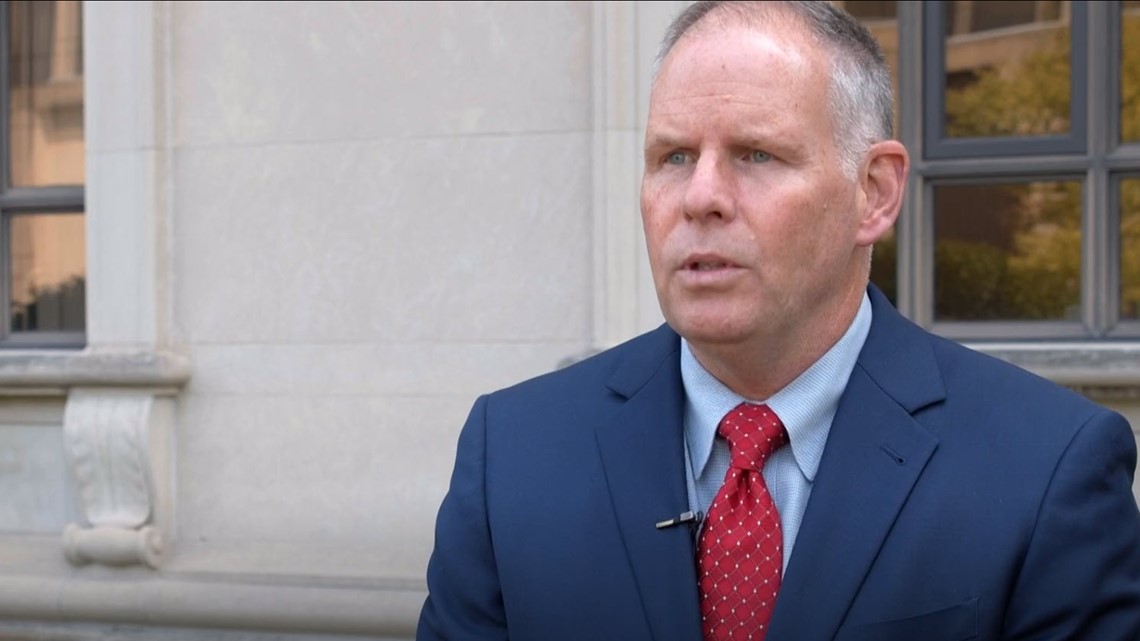
The case remains open, but Kral is determined to get it solved.
"It's horrible for the family. It's horrible for us," Kral says. "We're never giving up. With DNA evidence today, with science and technology changing, we will solve this homicide someday."

